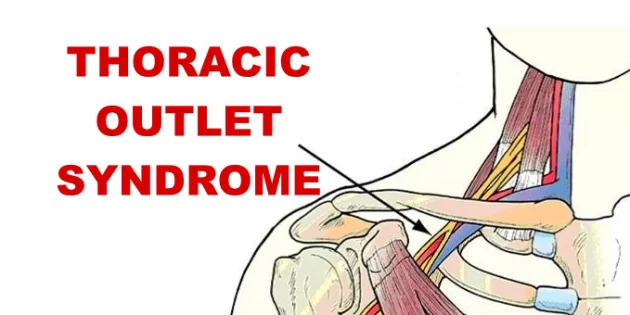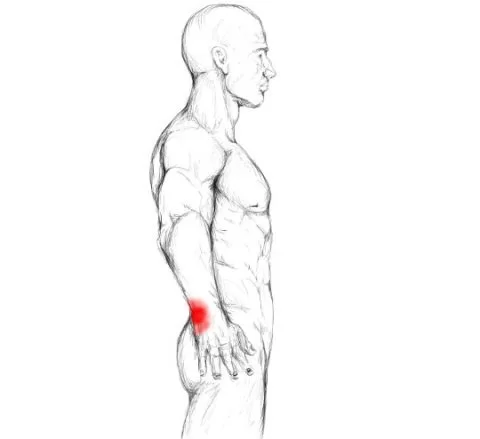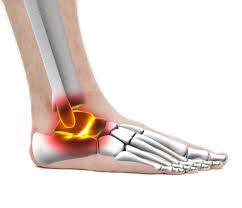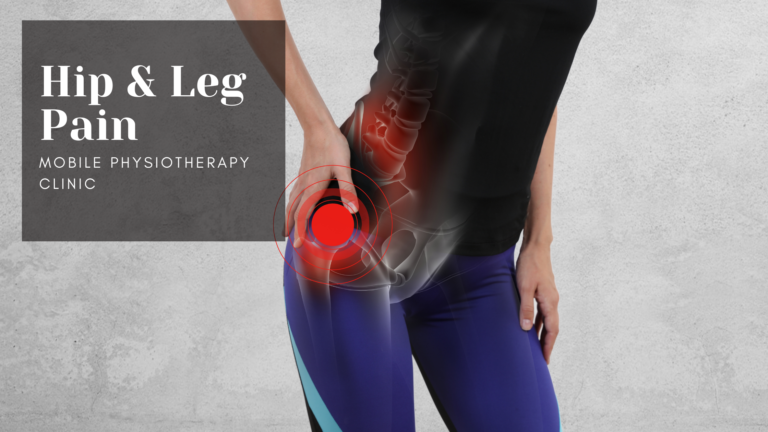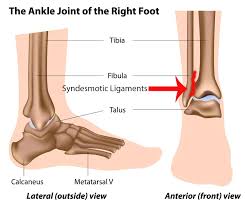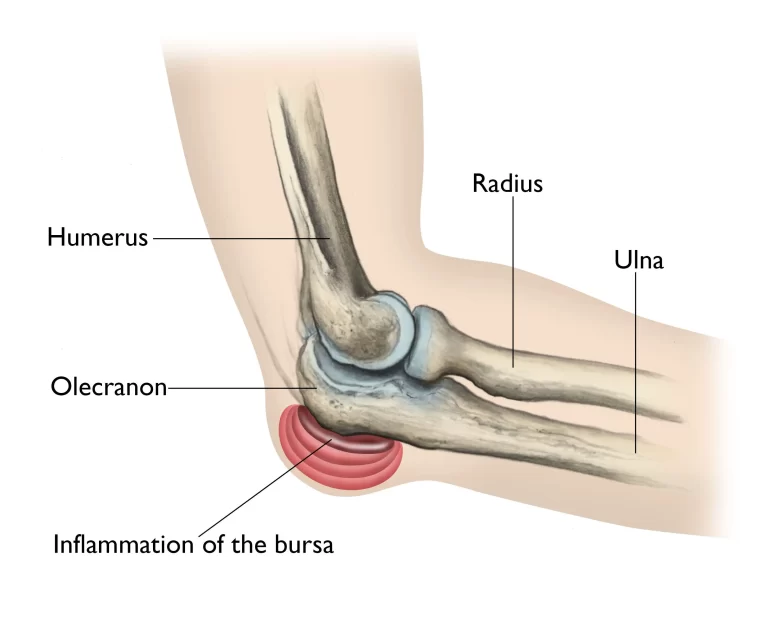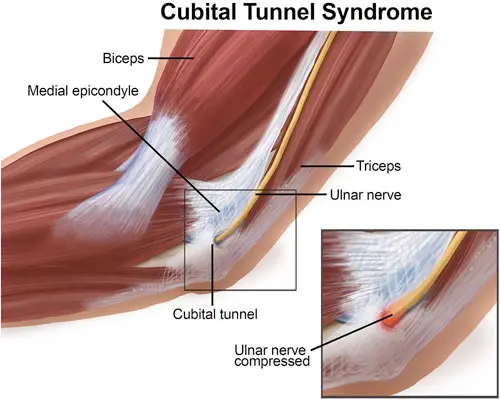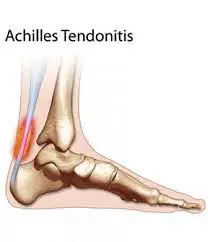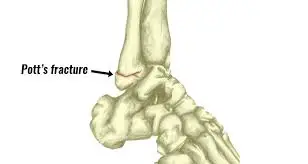Thoracic Outlet Syndrome and Physiotherapy Management
Thoracic outlet syndrome is a disorder in which neurovascular structures (blood vessels or nerves ) are compressed at the exit of the thoracic outlet (cervicothoracobrachial region). Relevant Anatomy: Cause: Congenital Factors: Acquired Factors: Types of TOS: There are 3 Main types of thoracic outlet syndrome, as follows: Signs and Symptoms of TOS: Common Symptoms in…

